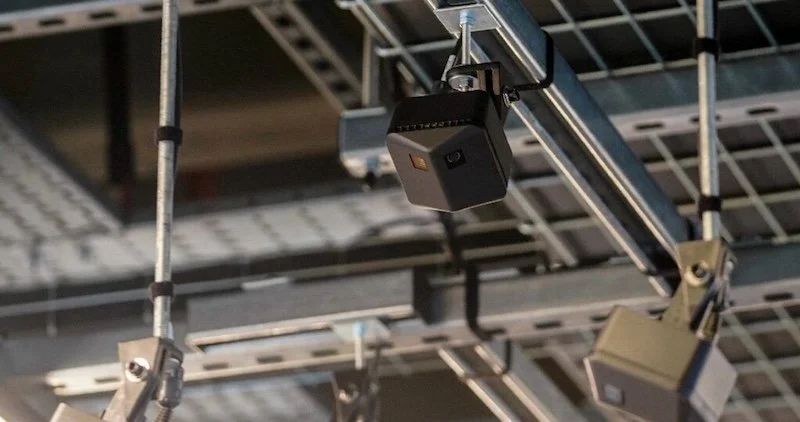RTS 2025 panel: retailers must include technologists in their conversations at boardroom level
The central role of technology in modern retailing has been clear for some time but practitioners such as Craig Pearce, Head of Technology at Liberty, and Doug Wooten, IT Director at shirtmaker Charles Tyrwhitt, told attendees at Retail Technology Show 2025 in London this week that being part of the conversion at boardroom level is necessary to be able to do what they want to do.
“The business has to want you in the conversation,” said Wooten. “At Charles Tyrwhitt we’re pragmatic about what we do and have a defined priority list. We can also say what needs to stop, in order to make room for a [fast] project roll-out.”
“Communication is key,” said Wooten on the opening day of RTS 2025 on 2nd April. “We share our roadmap, when we are invited to do so, and explain how we can help as technologists, while admitting we might have to drop something to accommodate a request [depending on resource and what it is].”
“Our CMO owns the project roadmap. But we do have a monthly steering group that I’m part of and frequent more informal chats. Technology, IT operations, e-commerce representatives and such like are all part of the group to ensure we are all agreed and integrated.”
Return on investment
Fellow panellist, Chloe Kerner De Lee, Lead Product Manager at Harrods, pointed out that: “Time to value is a key metric on any project.” Return on Investment (RoI) is always an important part of any conversation.
“The level of investment determines how much vigour we put into it. From a product management perspective we target iterative improvements and focus on the customer,” said De Lee. “We look at their unmet needs and then do an effort vs reward analysis before deciding whether to proceed. We can learn at scale with the help of technology.”
Harrods is introducing a new platform for its business called Scayle after doing a Minimum Viable Product (MVP) in October 2024, explained De Lee, adding that it’ll help e-commerce and the business overall: “We wanted a more composable platform that unlocked new ways of working for us,” she said. “We can now work more closely together with product development [and other teams]. We’ve almost completed the migration.”
Shopify has revolutionised its segment of the industry but it is not the only platforming option or e-commerce tool that retailer can turn to. There are many more. It all depends on the end user need as to what is selected.

Resource vs reward
For Pearce, he candidly admitted: “We don’t have the resources of Harrods. But what we do have instead is multiskilled staff. We don’t have a culture of ‘that isn’t my job’. Quite the opposite. We work within our limitations [as a traditional department store retailer] to get the job done.”
“We are currently looking at an enterprise resource planning (ERP) replatforming project on a contract basis moving forward,” added Pearce, as he discussed his next big technology initiative.
According to Wooten: “We did a light touch review ourselves recently of our platform. But we decided to stick and not twist.” He was looking in particular at the retailer’s long established Salesforce infrastructure, but decided he was happy with it because it was trusted, secure, and comprehensive - without requiring expensive bolt-ons.
“Most importantly my business wasn’t screaming for change and our platforms and systems were still delivering well [to the business and customer],” said Wooten, who ended by cautioning the RTS 2025 audience that they should beware of: “Any vendor that says a refresh needn’t involve IT. They’ll say ‘it’s simple, with no coding or integration problems’. Run away in that case. It’s not true!”






























Continue reading…